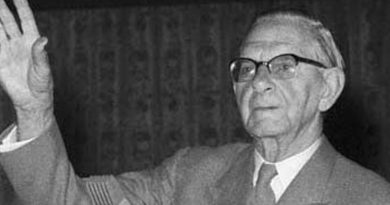Beatrix Potter Biography – life Story, Career, Awards, Age, Height
Childhood & Growing Up
Helen Beatrix Potter, called Beatrix, changed into born on 28 July 1866 to Rupert and Helen Potter in Kensington, London.
Her younger brother Walter Bertram accompanied six years later. Both Beatrix and Bertram cherished to draw and paint, and often made sketches in their many pets, together with rabbits, mice, frogs, lizards, snakes and a bat.
Beatrix changed into continually recommended to draw, and he or she spent many hours making tricky sketches of animals and vegetation, revealing an early fascination for the natural international that might hold for the duration of her existence. Although she never went to highschool, Beatrix became an shrewd and industrious student, and her dad and mom employed an art trainer, Miss Cameron, and a number of governesses, consisting of Annie Moore, to whom she remained near for the duration of her life.
Two of Beatrix’s earliest artist models were her puppy rabbits. Her first rabbit turned into Benjamin Bouncer, who enjoyed buttered toast and joined the Potter own family on excursion in Scotland wherein he went for walks on a lead. Benjamin was followed by Peter Piper, who had a talent for appearing tricks, and he accompanied Beatrix anywhere.
The maximum exciting time of the yr for Beatrix turned into the summer season, while the family travelled north to spend three months in Scotland. The youngsters had the liberty to discover the geographical region, and Beatrix found out to look at plant life and insects with an artist’s eye for element. When Beatrix was 16, the own family stayed as a substitute at Wray Castle, overlooking Lake Windermere, where Beatrix started out a lifelong love of the geographical region and of the Lake District.
Botanist, Artist and Storyteller
Beatrix become invited to have a look at fungi at the Royal Botanical Gardens in Kew, and she or he produced loads of exact botanical drawings and investigated their cultivation and boom.
Encouraged with the aid of Charles McIntosh, a respected Scottish naturalist, to make her fungi drawings more technically accurate, Beatrix now not most effective produced lovely watercolours but additionally became an adept scientific illustrator. By 1896, she had developed her personal concept of the way fungi spores reproduced and wrote a paper, ‘On the Germination of the Spores of Agaricineae’, which become initially rejected by William Thiselton-Dyer, director of the Royal Botanical Gardens. Undeterred, Beatrix continued her research, and after a 12 months George Massee, a fungi expert who labored on the Kew gardens, agreed to present her paper to the Linnean Society of London, as ladies at that time have been not accredited to achieve this. Although the paper was by no means published, scientists nevertheless recognize her contribution to mycological research today.




